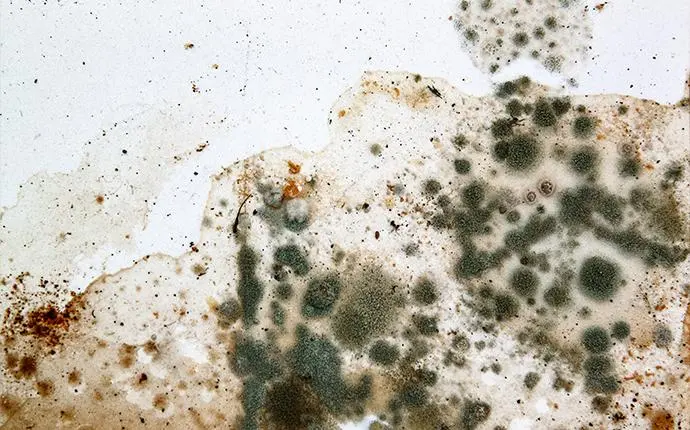Discovering high moisture in your crawlspace can quickly become a homeowner’s worst nightmare. Crawl space humidity often brings unwelcome guests like molds, mildew, wood rot, termites, and standing water.
But what options do you have? The choices seem endless: sump pump installation, French drains, mold treatments, insulation replacement, vapor barriers, dehumidifiers, or crawlspace sealing.
We’re here to help you better understand this problem so you can make an informed decision about your home.
Moisture: A Common Challenge
Homeowners often don’t recognize crawlspace concerns as these areas are not regularly frequented. The Raleigh region experiences high moisture levels yearly because of the heavy rainfall and persistent humidity. And whenever high moisture interacts with wood, you could have problems on your hands!
Let’s break down crawlspace moisture problems into two categories: Liquid water and water vapor/humidity.
Liquid Water Woes
You may encounter liquid water problems if water seeps into the crawlspace through the foundation wall. Some telltale signs to look out for include:
- Moisture stains on the foundation wall.
- Efflorescence on block/brick foundations.
- Standing water.
- Erosion.
Handling this issue is significantly different than your run-of-the-mill water vapor problem. To tackle this, you must physically prevent water entry by:
- Installing gutters
- Diverting downspouts away from the foundation
- Regarding areas around the home to ensure proper drainage
- Installing exterior French drains (preferred to avoid water entry)
- Installing interior French gutters with a sump pump or similar drainage system
Keeping liquid water from invading your foundation should take precedence, as it will prevent potential costly damages down the line. No one wants to replace weak foundation walls or eroded footings!
However, if you don’t see any standing water or suspect liquid groundwater entry to your foundation, you could have another problem on your hands.
Water Vapor Worries
Humidity levels in the Raleigh/Durham area can cause significant concerns during termite and home inspections, as the wood absorbs the excess water vapor in crawl spaces.
Signs of excessive crawlspace humidity include:
- Wood moisture levels exceeding 20% (measured by a moisture meter)
- Insulation drooping or falling
- Dark stains on floor joists
- “Sweating” on wood and insulation surfaces
- Water droplets forming on heat/air ducts
- Water droplets accumulating on the vapor barrier
Addressing High Moisture: The Way Forward
According to recent research, keeping your foundation vents open during hot months and closed during the winter is no longer recommended, despite past practices suggesting otherwise.
Open vents invite humid air into the crawlspace during hot, humid summers. This leads to condensation on cool surfaces like wood, insulation, water pipes, and air ducts, raising wood moisture and inviting mold growth and termite attacks.
Monitoring wood moisture levels is crucial when it comes to maintaining the integrity of your home’s crawlspace. Anything above 20% can support the growth of pesky and potentially dangerous mold, while levels above 28% can even risk the development of wood decay fungi. Both of these issues can lead to severe damage to your crawlspace and potentially even your home. So, keeping a close eye on moisture levels and taking action if they creep up too high is essential.
Safeguard your home by:
- Checking for liquid water entry, and if unsure, seek professional help.
- Installing a vapor barrier—a plastic sheet (6 mils or thicker) covering the crawlspace floor—to prevent moisture absorption.
- Closing vents during high humidity (above 60%) to prevent condensation on sub-flooring.
These steps can mitigate moisture-related risks. If humidity remains a problem, consider installing a dehumidifier or sealing the crawlspace—an option growing in popularity.
Act promptly if you detect high moisture. Untreated, it can damage your crawlspace’s structure and lead to health issues from mold growth. Don’t delay; address your crawlspace concerns today!





